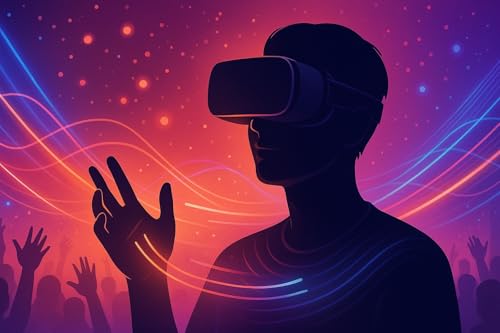Yulan Ju, Xiaru Meng, Harunobu Taguchi, Tamil Selvan Gunasekaran, Matthias Hoppe, Hironori Ishikawa, Yoshihiro Tanaka, Yun Suen Pai, and Kouta Minamizawa. 2025. Haptic Empathy: Investigating Individual Differences in Affective Haptic Communications. In Proceedings of the 2025 CHI Conference on Human Factors in Computing Systems (CHI '25). Association for Computing Machinery, New York, NY, USA, Article 501, 1–25. https://doi.org/10.1145/3706598.3714139
Nowadays, touch remains essential for emotional conveyance and interpersonal communication as more interactions are mediated remotely. While many studies have discussed the effectiveness of using haptics to communicate emotions, incorporating affect into haptic design still faces challenges due to individual user tactile acuity and preferences. We assessed the conveying of emotions using a two-channel haptic display, emphasizing individual differences. First, 24 participants generated 187 haptic messages reflecting their immediate sentiments after watching 8 emotionally charged film clips. Afterwards, 19 participants were asked to identify emotions from haptic messages designed by themselves and others, yielding 593 samples. Our findings suggest potential links between haptic message decoding ability and emotional traits, particularly Emotional Competence (EC) and Affect Intensity Measure (AIM). Additionally, qualitative analysis revealed three strategies participants used to create touch messages: perceptive, empathetic, and metaphorical expression.
https://dl.acm.org/doi/10.1145/3706598.3714139
 2025/10/0115 分
2025/10/0115 分 12 分
12 分 13 分
13 分 16 分
16 分 2025/07/2518 分
2025/07/2518 分 2025/07/1427 分
2025/07/1427 分 25 分
25 分 12 分
12 分
